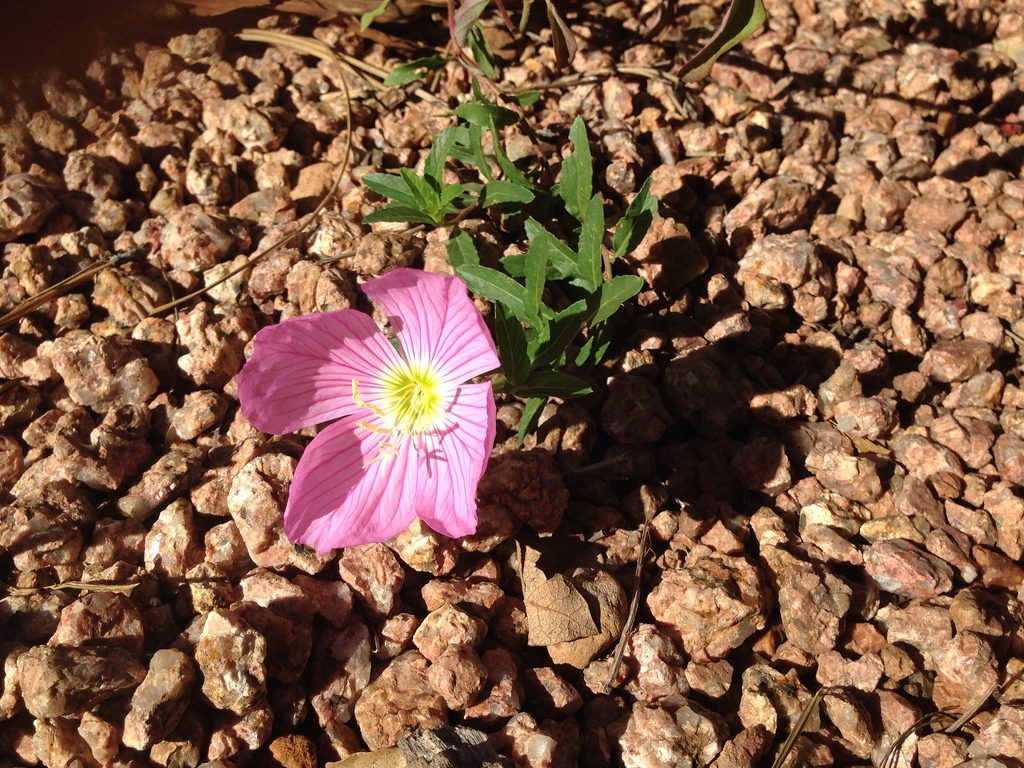“Nothing can dim the light which shines from within.” – Maya Angelou
When most people think of being strong and fit, they see marathon runners, hikers, and pro athletes. When I was ill and thought about being strong and fit, I dreamed of being able to walk to the shop without feeling like I was gonna fall over.
A long way off from that marathon.
Even if we are not a picture of perfect health, we can start with choices that aid us in being strong and fit right where we are. That’s how my journey from being too ill to walk the 10 minutes to class, to completing 4 (very slow) triathlons began.
It’s been a rewarding adventure and not one I thought would start with sitting on the floor in a meditation!
I first learned to meditate during the Mindfulness-Based Stress Reduction program (MBSR). I was trying to keep an open mind, but I was pretty skeptical about this whole meditation thing. We did a couple seated meditations in chairs, and then our instructor told us we could choose to either sit on the chair or on the floor.
I was bored, so I chose floor.
A couple minutes into the meditation, I started to realize that I was sitting - up tall - without the support of a chair or a couch or a bed. I was just sitting. On my own. Supporting my own body. I felt so powerful sitting tall on the floor. It was a bit of a shock to me that sitting still could make me feel strong and powerful, but it did.
What is strength?
As I moved from meditation to chronic illness yoga, and then began incorporating other physical activity into my life, I started to think about what strength was. About how I could feel strong in my body while living with a chronic illness that made me feel weak and tired all the time.
In my journey, I identified two types of strength: emotional strength (or resilience) and physical strength.
Building resilience:
People with higher levels of Resilience get sick less often and heal faster. And the good news is, building resilience, unlike building physical strength, doesn’t have to involve getting out of bed (though if you are able to, getting out in nature is a great booster of resilience!).
So, what is resilience?
Resilience is your ability to bounce back from tough or stressful situations. Having high levels of resilience doesn’t mean you don’t feel sadness or experience stress. It means that you take bad situations and feelings in stride, and learn to move forwards with your life.

A resilient flower blossoms from beneath the rocks
Last summer in Alberta, Canada they experienced a terrible bout of forest fires. Thankfully, no one was killed in the fires. But hundreds of people lost their homes and all their possessions. My friend Laura* was one of those people. She was, of course, upset about losing her home and her possessions, especially the sentimental ones. And yet several weeks after losing her home, she was cheerfully talking about rebuilding her life.
I know I would not have bounced back so quick!
She moved to Calgary and was able to relax and recuperate while the town started to rebuild. She was able to mourn the loss of her stuff, while also taking the time to re-evaluate her life and her career, what did she really want to do next?
Once she decided what to do, she rented out a new home and began building her life from the ground up. Of course, she was still upset about the loss, but she was also excited about getting the chance to start fresh.
Laura displayed the cornerstones of resilience:
- The capacity to make realistic plans and take steps to carry them out
- A positive view of yourself and confidence in your strengths and abilities
- Skills in communication and problem solving
- The capacity to manage strong feelings and impulses
When I was ill, I did not start off with those qualities. I struggled to make any plans for the future because I argued with myself that I wouldn’t know how I would feel then. I had no confidence in my strengths and abilities- I felt weak and helpless! I was not a great communicator and didn’t like asking for help. I often felt overwhelmed by feelings of loss and frustration.
But through my journey with chronic illness yoga, meditation, and learning more about health and strength, I began to develop those qualities.
The most important thing I learned is that I’m not fighting - I’m adapting. Fighting is draining and leads to more stress. Adapting is about acceptance and working with what I’ve got. Learning to ride the ebb and flow of energy allowed me to make plans, and adapt them if I wasn’t feeling up to it.
I found it helps to take a step back and treat yourself like you would a friend - with a kind sense of objectivity. Often times we are too hard on ourselves when we should be loving, in any circumstance. Science shows this process helps build resilience and changes brain chemistry for the better. The more we place our value in being human and worthwhile the better we can handle a lot of life’s challenges.
Yoga and meditation can help with building resilience. As can journaling, CBT, or simply choosing to treat ourselves and others with loving kindness.

A resilient tree survives in tough elements
Physical strength:
Building physical strength was another kind of journey. And it was closely related to my journey with building resilience. If I got frustrated because I couldn’t do what I wanted, that would cause my body more stress. This made me feel more fatigued, which meant being able to do even less the next day.
The most important thing I learned while building physical strength was to start small. After I completed the MBSR program and my first gentle yoga course, I made plans to travel to the UK with a friend. I had always dreamed of traveling and going on adventures, but I worried I wouldn’t have the strength to walk around or sightsee.
I began by walking for 10 minutes a day. Every few weeks, when I felt up to it, I added a bit of time to that. I also continued with my yoga practice and developed very short strength training exercises I could do at home in a couple of minutes. As my body got physically stronger, walking those 10 or 15 or 20 minutes became easier. I had to exert less effort to get the same results.
Before getting sick, I always felt strong. I was an athlete, a swimmer could make the throw from behind home plate to second base. But as my health declined, I lost that physical strength and it was a blow to my identity. It took building my resilience to start building my physical strength again.
It took resting and patience and having the tools to know what to do when I started to feel pain or fatigue.
Unlike when I first became ill, I now knew that I could rest. I could sit and breathe deeply, meditate. I could do some gentle yoga poses and stretches.
On my trip to the UK, I often stopped during the day to do a few yoga poses, and it always helped refresh me. If I had tried to keep pushing through without taking these mini breaks. Or without having the tools to help myself, I may have pushed myself too far and crashed all over again.
Having this illness made me re-assess what being strong felt like. It didn’t have to be doing pushups, or throwing a ball, or winning a race. It could be sitting, breathing, being present in myself. It could be supporting myself both physically and emotionally on the floor.
Liked this article? Sign up below to receive more like it!










2 Responses